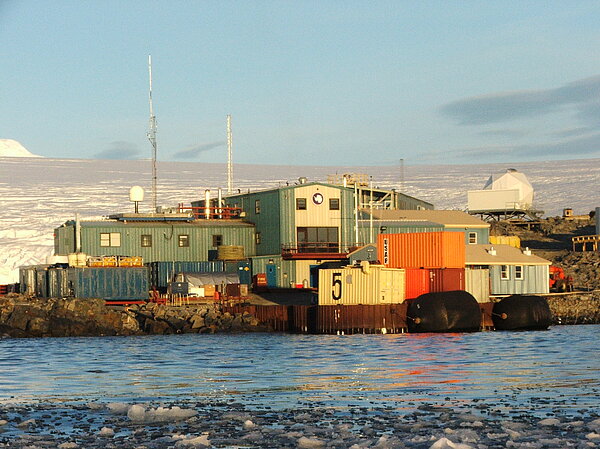Our lab works with a wide array of stressors and systems.

Working out of Palmer Station, Antarctica, the lab has worked on the seabird tick, Ixodes uriae, tracking their increased abundancein the peninsula, their use of semiochemicals, and the water balance requirements. We also carried out water balance experiments in three species of Antarctic mites. Additionally, we did significant work on the biology of the Antarctic midge, Belgica antarctica. We understand now the mechanisms used by the larvae to deal with dehydration and the water balance requirements of the adults. We found that when it comes to gene expression profiles dehydration is different from rehydration, and overhydration is different from both; and that protein expression profiles are different from gene expression ones during dehydration and rehydration. But all that historical and evolutionary preparation for dehydration in the Antarctic came with some benefits which include dehydration and salinity hormesis. We also work on the mechanisms used to deal with heat shock, dehydration, anoxia, and freezing from a metabolomics standpoint and a gene expression angle focusing on oxidative damage.

The high tolerance to anoxia at physiologically relevant temperatures, and the cross tolerance protection it brought, took the lab into the exploration of the anoxia hormesis response. We have connected the anoxia hormesis response to antioxidants and found that protection extends late into life. Eventually we took this work to the field, where we found the effect is present and it improves dispersal and longevity in the field.



